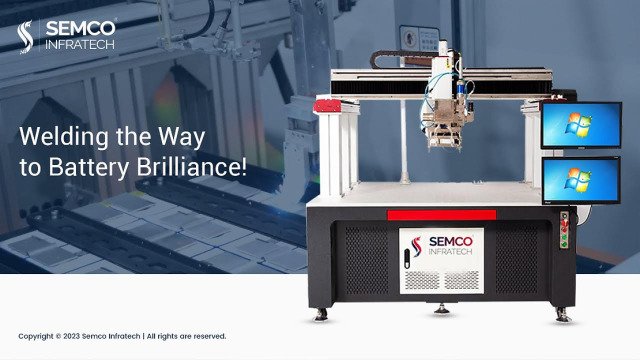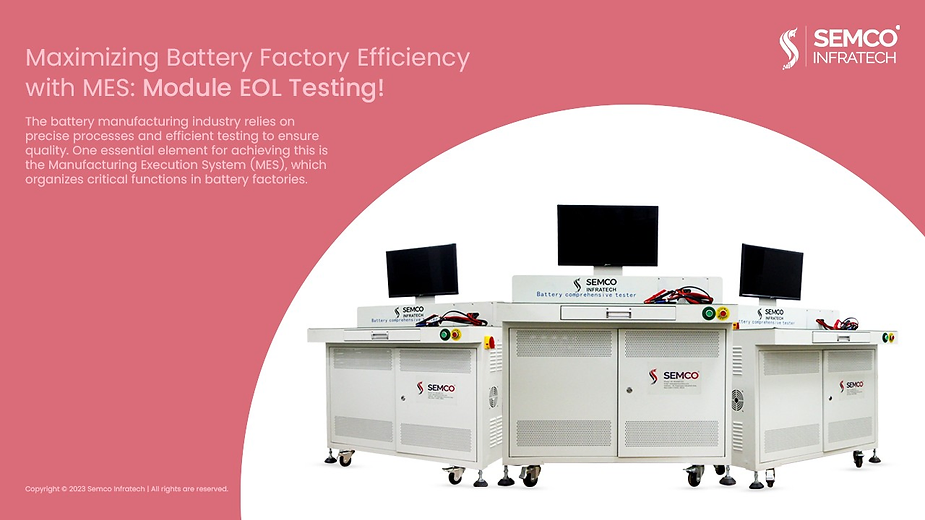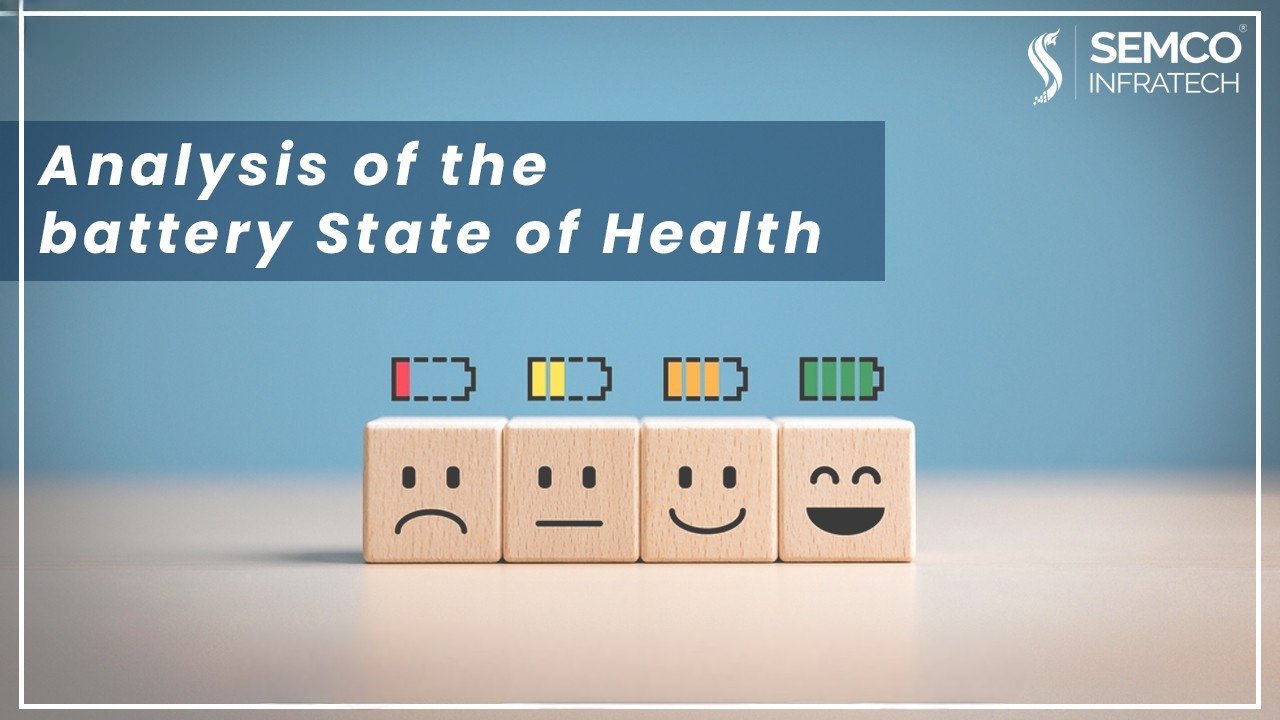Prism, pouch, and cylindrical batteries are the different classifications for lithium-ion batteries based on how they are packaged. Prism and pouch batteries offer flexibility in packaging, allowing stacked or even winding from the inside out. Cylindrical batteries, like 18650, 21700, and 4680, are limited to winding due to their inherent design with curved walls.
The winding process has a relatively long development time, low cost, and a high yield rate. In contrast to winding and tandem batteries, the tandem process has gained popularity as electric vehicles have become more commonplace. This is because of its advantages, which include long cycle life, small internal resistance, stable structure, and high-volume utilization.
Production Process of Stacked & Wound Batteries
The two main components of the assembly process for intermediate lithium battery cells are winding and lamination. Winding transforms individual components into rolled products with precise dimensions, integrating cores, diaphragms, belts, and more. Laminated cells skip the winding, stacking pole pieces and separators into layered cores.
Based on the battery’s shape, pouch cells are limited to using stacking technology. Prismatic batteries can be wound or layered, with wind being the more popular method at the moment. The only way to wind cylindrical batteries is through stacked battery technology.

Advantages of Stacked Batteries Over Wound Batteries
- Higher Battery Energy Density The winding’s corner has a curvature, and its space utilization rate is lower than stacking’s. Stacking squeezes more energy in by filling corners, boosting density. The energy density in stacked and wound batteries can be raised by roughly 5% in comparison to wound batteries.
- The Internal Structure is More Stable The uneven stress in the corners of stacked batteries is not an issue, in contrast to wound batteries. Because each layer’s expansion force during repeated battery usage is comparable, stacking the batteries helps maintain the interface’s flatness. The positive and negative electrodes of the winding battery will expand when lithium ions are embedded in them during operation. This will cause uneven internal stress in the inner and outer layers of the winding corner, which will result in wavy deformation. This deformation will speed up the instability of the battery’s internal structure, cause an uneven current distribution, and deteriorate the battery interface.
- Increased Security The stacked batteries are evenly stressed, and there is no bending problem at both ends, making the battery safer. In contrast to stacked batteries, the coating material will be significantly bent and deformed after the pole pieces at both ends of the winding are bent, and the “C corner” bend is more likely to experience burr issues and powder loss. In extreme circumstances, it will result in a battery short circuit and thermal runaway.
- Longer Cycle Life The number of tabs in stacked batteries is twice that of wound batteries, and the more tabs there are, the lower the resistance and the shorter the electron transport distance. As is common knowledge, heat generation decreases with increasing resistance and increases with decreasing resistance when voltage and time remain constant. For this reason, stacked batteries have a longer service life than wound batteries. Wound vs. stacked battery lifecycle.
Disadvantages of Stacked Batteries over Wound Batteries
The equipment efficiency is low, and the area occupied by the stacker crane is larger than that of the winding machine.
- High Investment in Equipment Ten winding machines are required for a single production line. A winding machine on a production line costs roughly 30-35 yuan, based on a price of 3-3.5 million yuan per unit. The number of cells on a production line determines how many stacker cranes are needed.
- The Yield is Low The wound battery has a high pass rate and is simple to cut. It is easier on each cell because it only needs to cut the positive and negative poles once. However, when stacking and cutting, each cell has dozens of small pieces, and each small piece has four cutting surfaces, making it easier to produce defective products than with wound or stacked batteries.
- Difficult to Control The battery can be wound with just two pole pieces, and spot welding is simple and requires only two spot welds per battery, making control over the process easy. Nevertheless, there are a lot of stacked pole pieces, and virtual welding is more likely to happen than with stacked vs. wound battery performance. It is challenging to operate when all of the pole pieces need to be spot-welded to a single solder joint.
After slitting, the diaphragm, positive and negative electrodes, and pole piece are wound together by adjusting the pole piece’s speed, tension, relative position, and other factors. This process is known as winding. Only lithium batteries with a regular shape can be prepared due to the process’s characteristics.
In contrast to wound batteries and laminated cells, laminated cells are created by alternatingly stacking the positive and negative electrodes and separators via a sheet feeding mechanism. This process produces more flexible, regular, or specially-shaped lithium batteries.
Conclusion
The wound battery has a high internal resistance, which can be significantly decreased by improving the structure. An all-tab structure, for instance, can accomplish a comparable degree of internal resistance to a stacked structure, but it needs more sophisticated machinery and tighter quality control. Stackable batteries have a flat structure, low internal resistance, and high space utilization compared to wound and stacked batteries, and excel in the field of energy-storage batteries.





